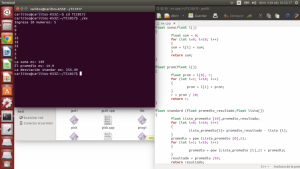Al principio el proyecto sonaba muy dificl lograrlo, pero despues que pasaron las semanas y buscamos ayuda y vimos varios videos, empezamos a armar el codigo, optamos utilizar el codigo del maestro ya que tenia muchas bases del codigo y eso nos facilito organizar las ideas.
Lo mas complicado fue poder meter un numero nuevo al cuadro, nos botaba muchos errores, pedimos ayuda a muchas personas en la biblioteca hasta que se nos ocurrio modificarlo y utilizar otra forma.
Lo unico que no logramos fue modificar el color de los numeros ingresados por el usuario y optamos por no hacerlo, sabemos que era necesario pero ninguna de las formas que intentamos funciono y nadie de los que nos ayudaba sabian como.
Dejamos hasta el final agregar los colores pensando que iba a ser sencillo pero al ver la cantidad de codigo que era, se hizo tedioso el buscar cada texto y agregarle el color deseado pero al final se logro el objetivo.
Fue comodo trabajar en este equipo ya que nos entendiamos y siempre habia comida al momento de trabajar aunque muchas veces perdiamos mucho tiempo en internet.
https:/


